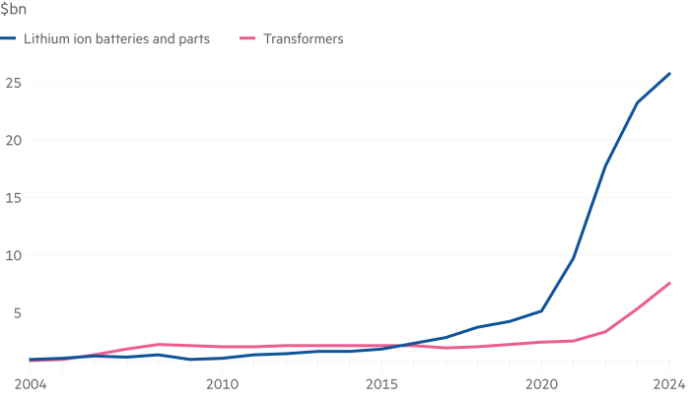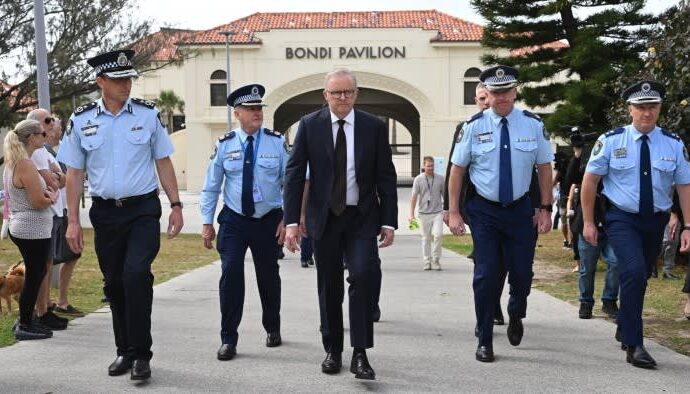Stay informed with free updates
Simply sign up to the Chinese economy myFT Digest — delivered directly to your inbox.
China’s economy has showed further signs of sluggish momentum as factory activity slowed, increasing pressure on President Xi Jinping to do more to boost growth days before Beijing opens its annual flagship political event.
The country’s official manufacturing purchasing managers’ index stood at 49.1 for February, according to figures released on Friday, slipping from a reading of 49.2 in January and in line with a Reuters analyst forecast. A reading below 50 marks a contraction from the previous month.
The consistent weakness in China’s manufacturing PMI — which has been below 50 for five consecutive months, and every month since March bar September — comes as Beijing is due to open the annual meeting of its rubber-stamp parliament, the National People’s Congress, on Tuesday, where it will announce its targets for economic growth and fiscal stimulus this year.
Thousands of delegates from across the country will descend on Beijing next week for the meeting, during which the Communist party will also announce its military budget for the year, possible senior personnel changes and signal its policy priorities.
The downbeat PMI reading will add to pressure on policymakers to announce stronger stimulus measures, with the Chinese Communist party leadership body, the politburo, this week indicating that more may be needed, though few expect Beijing to announce a “bazooka” package typical of the past.
“Proactive fiscal policy must be appropriately intensified,” the politburo said on Thursday, according to the Xinhua state news agency.
“Overall, both production and consumption data from February suggest that both corporates and consumers stay cautious,” said Larry Hu, chief China economist at Macquarie Group. He cautioned that the month contained fewer working days than usual due to the lunar new year holiday, making it a less reliable indicator of the health of the economy.
Analysts expect Beijing to announce a growth target for 2024 of about 5 per cent. This would be the same as last year’s figure, which was the lowest in decades. But it would be harder to achieve this year because of the absence of a low base effect from the coronavirus pandemic that flattered growth in 2023.
Policymakers are also grappling with a multiyear slowdown in the property sector, which they are trying to offset by focusing on high-end manufacturing and infrastructure investment.
“We must vigorously promote the construction of a modern industrial system and accelerate the development of new productive forces,” the politburo said.
The non-manufacturing index, which covers services and construction, painted a stronger picture for consumption. The gauge rose to 51.4 in February from 50.7 the month before, according to the National Bureau of Statistics.
The NBS said that while activity in the construction industry softened slightly and real estate activity contracted, other areas such as catering, transport and entertainment were in a “boom” range of above 55, as millions travelled during the lunar new year holiday.
But analysts cautioned that consumer and investor confidence remained relatively low.
Prior to release of the data, Nomura chief China economist Ting Lu said economic indicators in January and February taken together should show a fuller picture of the state of China’s economy.
“Major growth indicators are likely to show a broad-based slowdown in their year-on-year growth rates in January-February from December last year, as the base effect due to the exit wave of Covid in late 2022 subsided,” he said.


